AMD vs Intel: Who makes the better CPU?
AMD vs Intel CPUs: Performance, features, and everything else you need to know about which CPU is best for you.
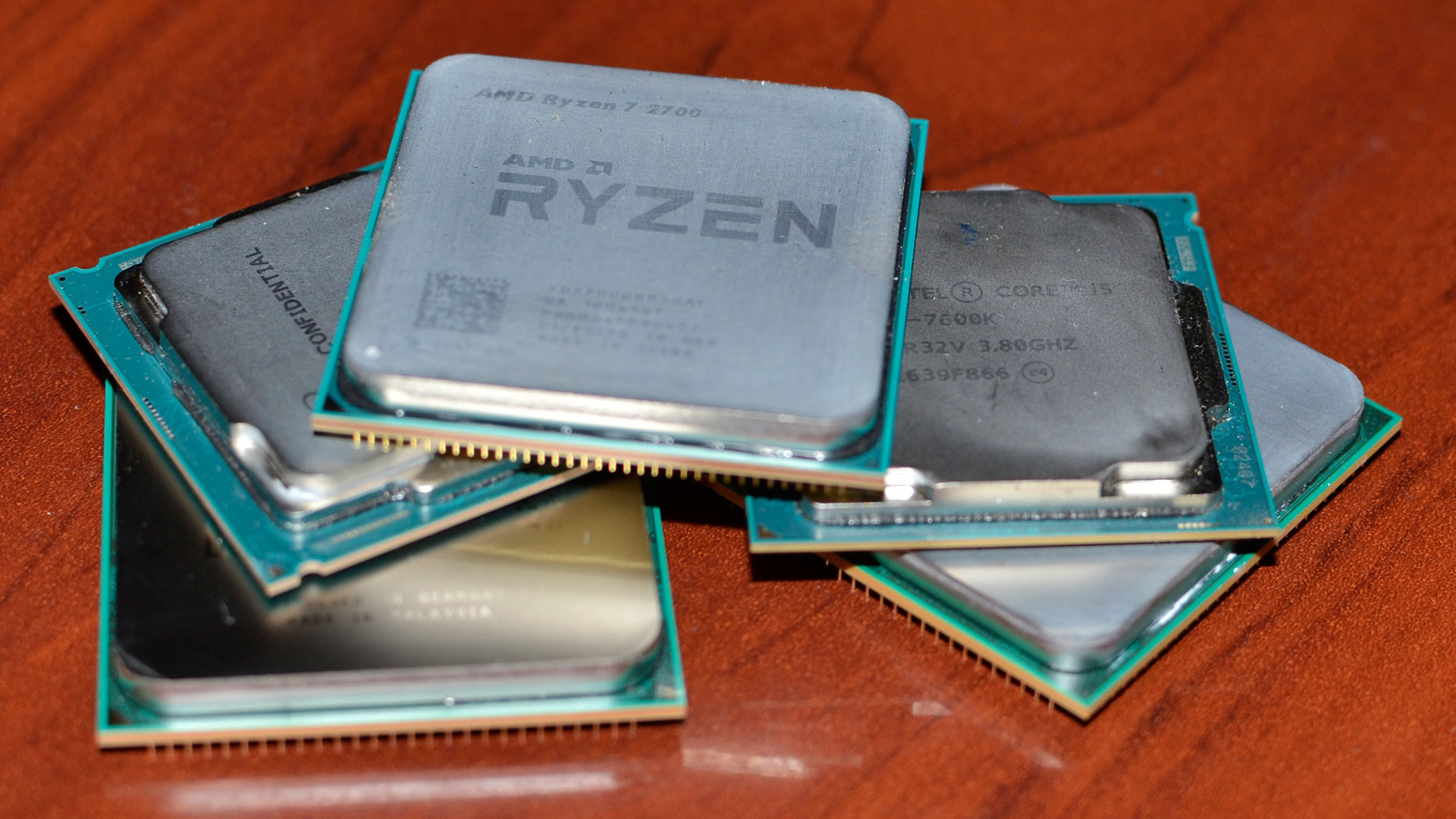
AMD vs Intel CPUs, which is better? Technology enthusiasts have been arguing about this for decades. Intel has traditionally held the upper hand, but AMD's Ryzen processors are shaking things up, particularly when paired with the best AMD motherboard. Here's the current state of AMD and Intel CPUs, the pros and cons of each, and everything else you really need to know about the great CPU debate. And if you're wondering which one to buy, check our guide to the best CPUs for gaming, and grab one of the best graphics cards to pair it with.
Note that for this article, I'm focusing primarily on mainstream desktop CPUs. Both AMD and Intel offer a variety of processors, including mobile and server solutions. The mobile chips are often similar to the desktop parts, only with lower clockspeeds and power use, while server and workstation solutions generally cost a lot more and aren't really necessary for most consumers any longer.
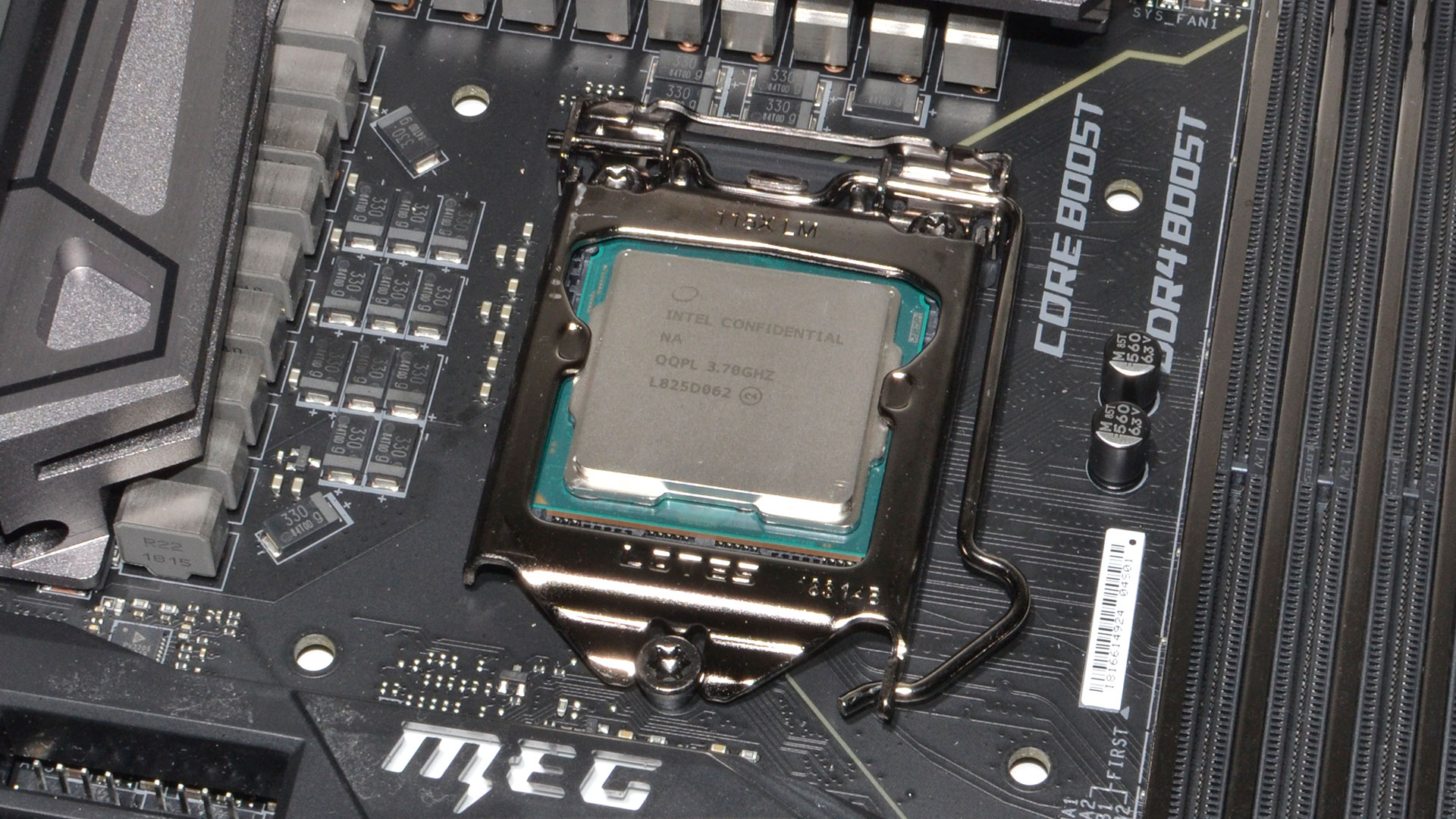
Intel 8th and 9th Gen CPUs
The fastest gaming CPUs right now are Intel's latest (8th and 9th) generation CPUs, codenamed Coffee Lake. The first 8th Gen parts came out in late 2017, while the first 9th Gen CPUs arrived one year later in October 2018. All the 8th and 9th Gen desktop CPUs run in socket LGA1151 motherboards with 300-series chipsets. That's not to be confused with LGA1151 motherboards with 100-series or 200-series chipsets, as those are for 6th and 7th Gen Intel processors.
Intel's CPUs tend to be bespoke designs, adding cores in pairs with 4MB or 3MB L3 cache per pair (1MB can be disabled). Intel also disables Hyper-Threading support (two threads per core) on many of its processors. The major desktop CPUs from Intel right now include the Core i9-9900K / i9-9900KS, Core i7-9700K, Core i5-9600K, and Core i3-8100.
Clockspeed for Intel CPUs can vary quite a bit, with base clocks as low as 3.6GHz and turbo clocks as high as 5.0GHz. While that might seem like a huge range, many enthusiast motherboards will run the 8th and 9th Gen CPUs at speeds much closer to the maximum turbo clock—so the i9-9900K for example typically runs at 4.7-5.0GHz in my test PC.
Only the K-suffix Intel processors are unlocked, so if you don't get a part ending with a K (or KF), you can't overclock at all. The K-series Intel CPUs also come without a heatsink, so you'll need to provide one—and typically, you'll want a good liquid cooling solution for the 6-core and 8-core models. The F-suffix processors also come without Intel's UHD Graphics 630, which doesn't actually matter much at all if you're going to install your own graphics card for gaming purposes. F-series parts are a reasonable way to save $20-$30.
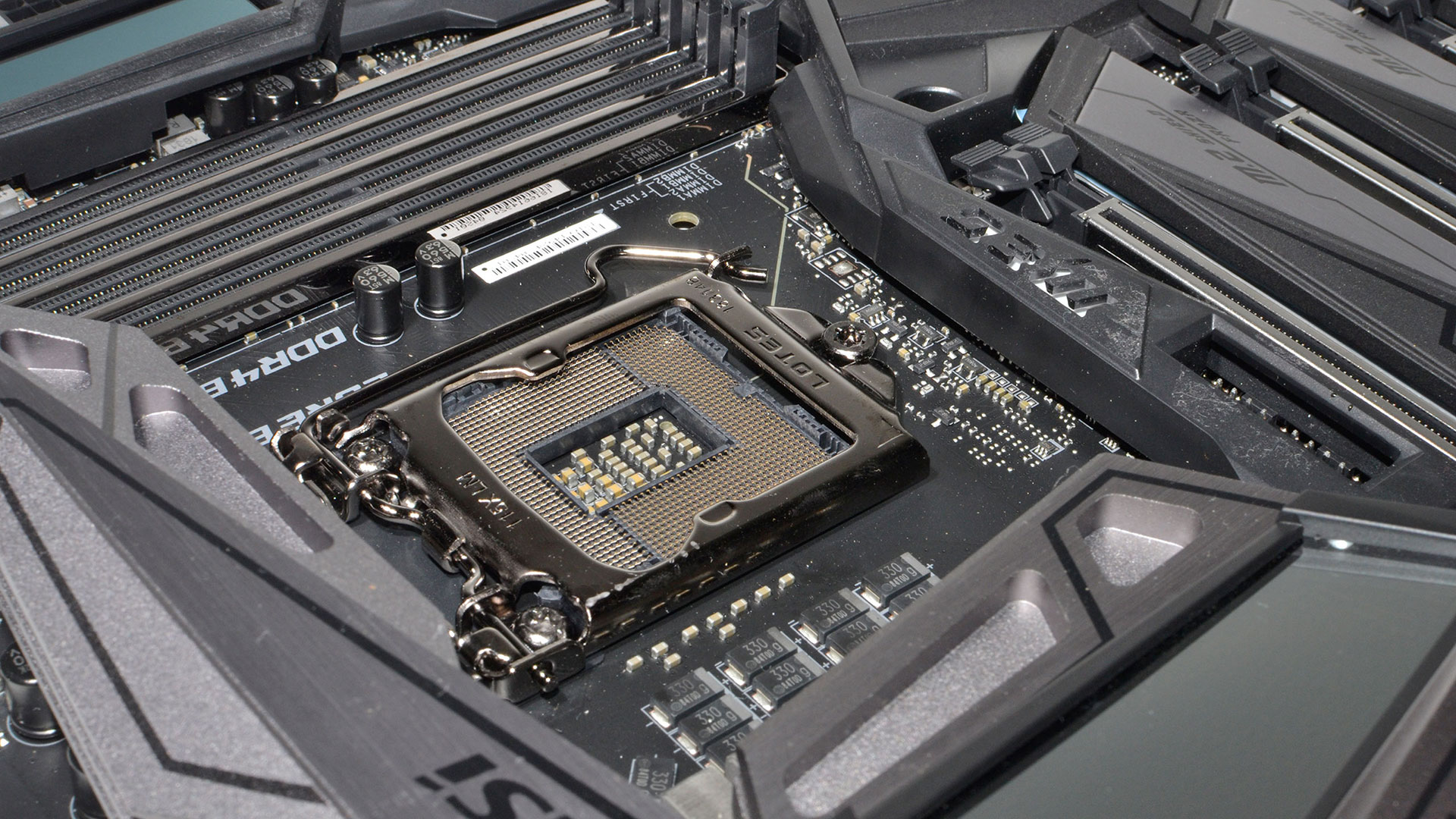
Intel typically only supports one or two generations of CPU on its motherboards, sockets, and chipsets. The 8th and 9th Gen CPUs work in the same boards (though not all boards can support the i9-9900K), but I don't expect Intel's future 10th Gen (or whatever comes next) CPUs to run in today's motherboards. Intel's current 300-series chipsets consist (in terms of decreasing features) of the Z390, Z370, H370, B360, B365, Q370, and H310. Only the Z390 and Z370 support overclocking, including running system RAM at higher than spec clocks, so we largely recommend the Z-series boards. If you don't care about overclocking, the H370 chipset is fine, though again don't pay extra for enthusiast memory as you won't be able to use its full potential.
The biggest gaming news, reviews and hardware deals
Keep up to date with the most important stories and the best deals, as picked by the PC Gamer team.
Intel's desktop 8th and 9th Gen CPUs come with 16 PCIe lanes, which can interface with either a single x16 slot, two x8 slots, or an x8 slot and two x4 slots. Deciding which configurations to support is up to the motherboard manufacturer. The CPU interfaces with the chipset (aka PCH, or Platform Controller Hub) via a DMI 3.0 interface that's basically the equivalent of an x4 PCIe Gen3 connection, with up to 4GB/s of bandwidth in each direction.
The Core i5/i7/i9 parts can support up to 128GB of DDR4 (4x32GB), while the Core i3 CPUs support up to 64GB (4x16GB or 2x32GB). Officially, the i5/i7/i9 also support up to DDR4-2666 while the Core i3 stops at DDR4-2400. However, with a Z-series motherboard I have been able to run every Coffee Lake CPU with DDR4-3200 memory without incident.
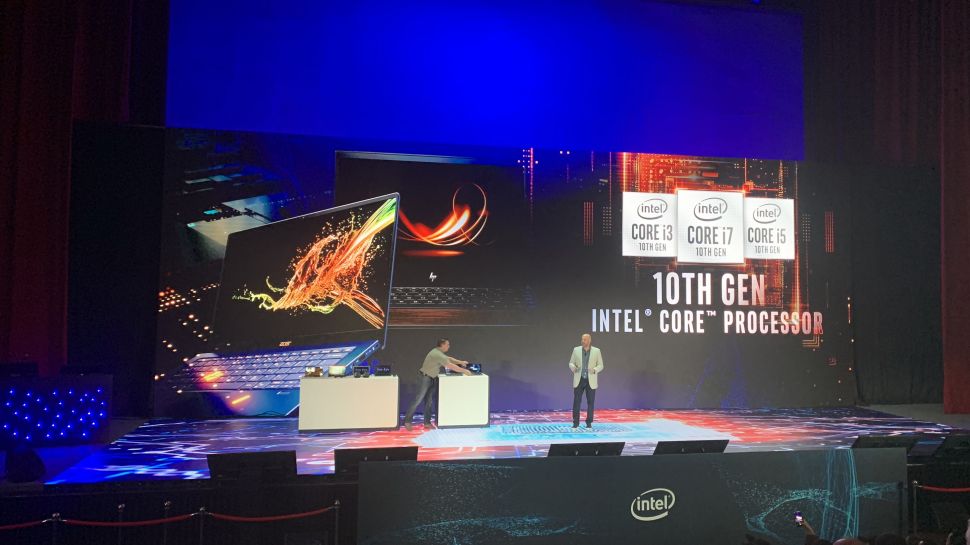
Besides its mainstream CPUs, Intel's high-end desktop (HEDT) X299 platform uses socket LGA2066 and supports a different set of Core i7 and Core i9 processors. These have anywhere from 6-core to 18-core designs, though the latest 10th Gen Cascade Lake-X CPUs drop the 6-core and 8-core models and stick to Core i9 X-series names. Note also that pricing on the 10th Gen parts has been cut roughly in half relative to the 9th gen CPUs, thanks to AMD's extremely aggressive Ryzen 3000 series. The X299 CPUs generally have higher latency and lower clockspeeds than LGA1151, so for gaming use they're often slower than the mainstream CPUs and we don't generally recommend them as 'superior' gaming solutions. But they can be good for workstation and professional tasks.
What about Intel 10th Gen 'mainstream' desktop CPUs? They're coming, we think, maybe even sooner than later. But right now, it's all mobile solutions for Intel's Ice Lake processors. Intel denied rumors that it will skip 10nm on desktop, saying it will have some "pretty cool ones" at some point. We still don't know when those will arrive, though Intel has yet another two generations of 14nm parts reportedly planned for desktops: Comet Lake and Rocket Lake.
On mobile, Intel's Ice Lake 10th Gen Core processors have arrived, about three years late (according to Intel's earliest plans). Intel's 10nm tech seems to be competitive with TSMC's 7nm tech, but the mobile first rollout brings up continued concerns with yields. Ice Lake has better integrated graphics (up to twice as fast as the previous generation), but right now there are only 2-core and 4-core solutions available, for ultra low voltage (ULV) platforms.
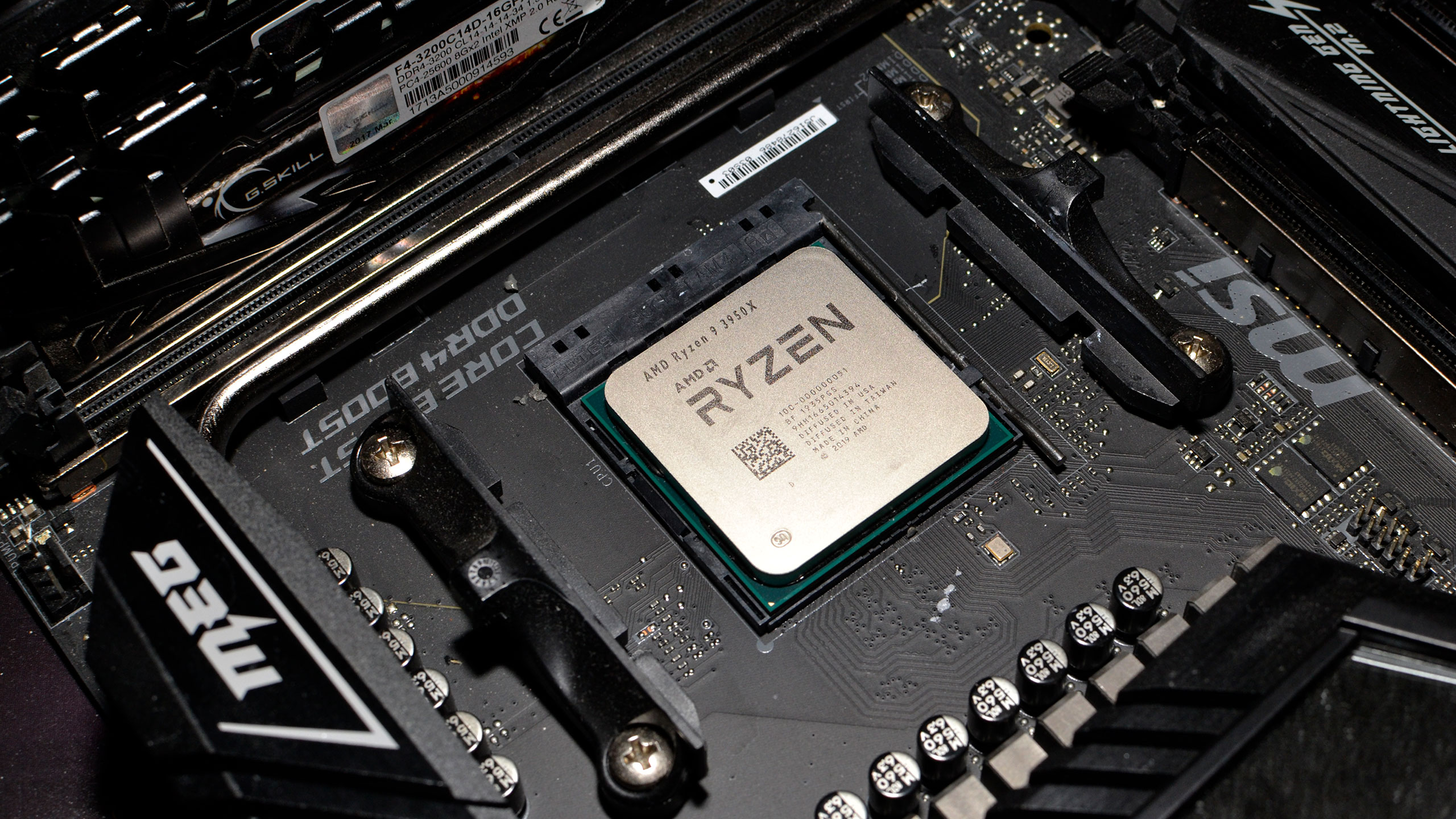
AMD Ryzen CPUs
AMD fell way behind in the CPU race during the past decade, but that all changed in 2017 with the introduction of the Ryzen processors. Per-core CPU performance improved by roughly 50 percent over AMD's previous FX-series parts, and suddenly things became very interesting in the CPU space. Perhaps more importantly, where Intel at the time was pushing 4-core/8-thread CPUs as its fastest mainstream solutions, AMD doubled down and released 8-core/16-thread parts at comparable prices. Intel responded with its 8th and 9th Gen parts. Now, Ryzen 3000 is pushing 16-core/32-thread in it's top-tier 3950X.
Back in July, AMD launched the first Ryzen 3000 CPUs. It's an impressive lineup that goes toe-to-toe with Intel's fastest offerings, and while it does fall a bit behind in gaming performance when paired with top-tier graphics cards, overall these are impressive CPUs. Plus, if you pair any of the CPUs with a lower-tier GPU or resolutions above 1080p, it's mostly a tie in gaming performance. The Ryzen 3000 chips have other benefits, as well. AMD's 7nm parts use far less power than Intel's 14nm++ equivalents, sometimes by about 50W depending on the workload.
There's also Ryzen 3000's forward-looking PCle 4.0 support. PCle 4.0 has double the bandwidth per lane compared to PCle 3.0. The technology isn't exactly necessary right now (only the Radeon RX 5700 series supports PCle 4.0 on the GPU side), but it's undeniably the future. It also doubles the bandwidth between the CPU and chipset, paving the way for faster storage, more USB ports, and more. If you're looking for a CPU to carry your build forward for the next several years, it's worth considering.
AMD offers the Ryzen 9 3900X (12-core/24-thread) for $499 and the upgraded 3950X (16-core/32-thread) for $749. Note that the 3950X does not include a cooler (similar to Intel's K-series and X-series parts). For $499, you get Intel's i9-9900K (8-core/16-thread). There's also the i9-9900KS, an impressive limited edition chip that can be reliably run 'stock' at 5GHz on all cores to the tune of $513.
AMD Ryzen CPUs have a basic building block called a CCX (Core Complex). In current Ryzen processors, the CCX has four CPU cores and 8MB of shared L3 cache, though that may change with a future version of Ryzen. The most popular Ryzen CPUs have a single die that contains two CCX (up to 8 cores), while the APUs have a single CCX with 4MB L3 and a Vega GPU core sharing the die. AMD's Ryzen 7 CPUs are 8-core/16-thread parts, while the Ryzen 5 CPUs disable one (sometimes two) cores per CCX, making them 6-core/12-thread parts. The latest Ryzen 9 parts have two separate chiplets connected to an IO chiplet, providing even more cores in the same socket.
Clockspeed for first generation Ryzen tops out at 4GHz, second generation parts can reach 4.3GHz, and third gen can reach up to 4.7GHz. Those limits are for both stock and overclocked operation in my experience, and the more cores you have, the lower your max overclock will be. All AMD Ryzen CPUs are also unlocked, meaning you can try overclocking them. I've had only limited success with improving performance on the top X-suffix parts, as they're normally running very close to maximum performance even without overclocking. The non-X models however tend to be better, with overclocks of 200-400MHz being typical (depending on the model).
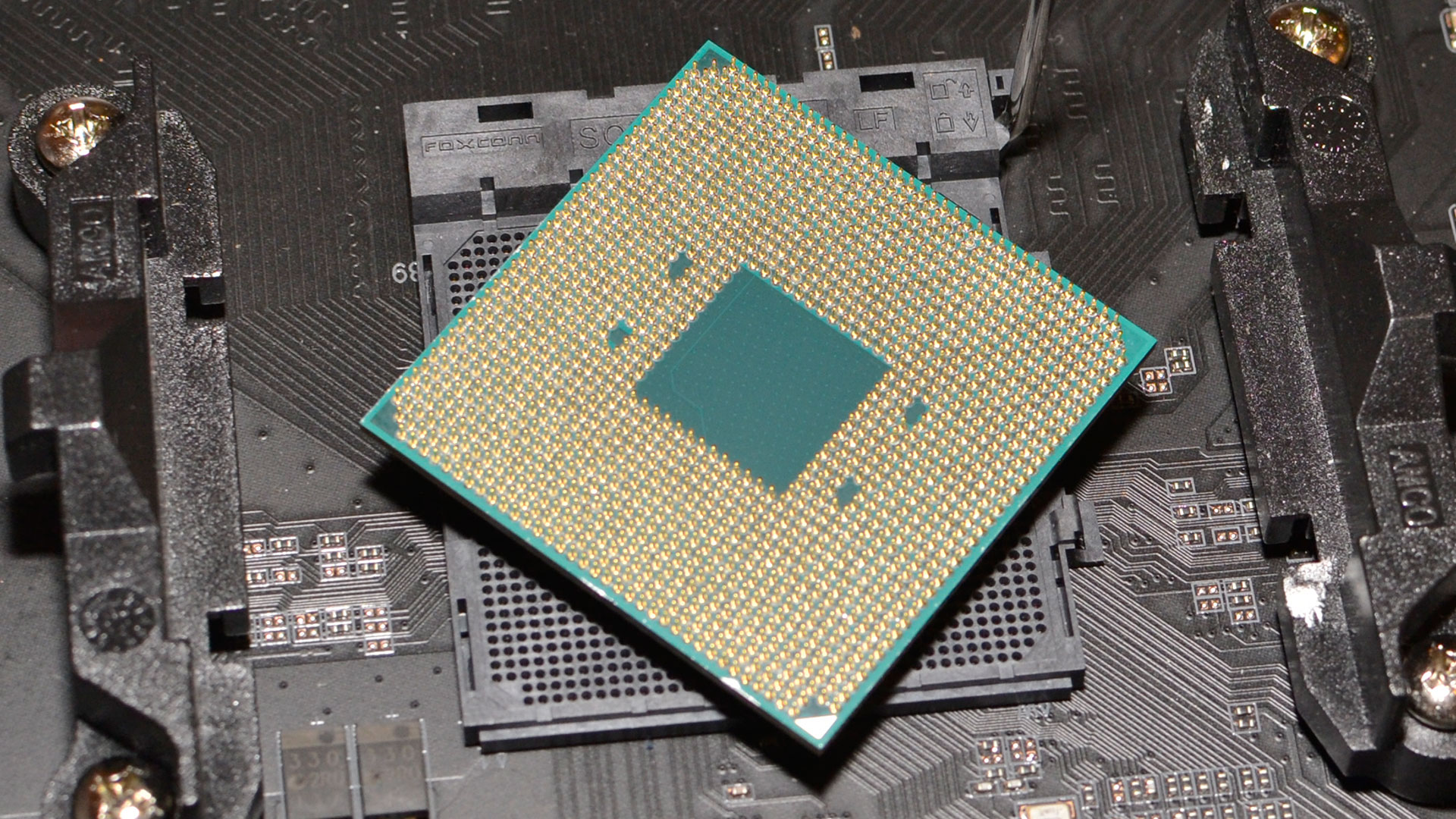
AMD's primary platform for Ryzen CPUs is socket AM4. Each AM4 CPU uses 1331 pins, about 180 more than Intel's equivalent socket. Unlike Intel's recent CPUs, Ryzen CPUs have the pins on the CPU itself rather than in the socket. It's not a huge difference, but you should exercise care when handling Ryzen CPUs as dropping one can easily bend some pins. (#experience)
One of the great things about AMD platforms is that AMD typically supports multiple generations of hardware on a single socket. The first and second generation (Ryzen 1000 and Ryzen 2000) CPUs and APUs all work in the same motherboards, and most of the earlier boards will also support third generation Ryzen 3000 parts. You'll need an updated BIOS for any older motherboard, and not all motherboards are guaranteed to work with all third gen CPUs, but it's nice to not leave behind your motherboard each generation. Note that the latest X570 chipset boards are not backward compatible with first gen Ryzen (mostly to eliminate validation costs for the motherboard manufacturers is my understanding).
All CPUs require a compatible motherboard—there's no way to put an AMD CPU in an Intel motherboard or vice versa, just like you can't put a Ryzen CPU in an older socket AM3+ motherboard. The same goes for HEDT sockets like LGA2066 and sTRX40; you can't put mainstream CPUs into the HEDT motherboards, as they're physically very different sizes. AMD's main chipsets for the platform, in terms of features, consist of the X570, X470, B450, X370, B350, A320, X300, and A300. Unless you already own a compatible motherboard, generally speaking the X570 boards are the ones you'll want—they're the only boards that fully support PCIe Gen4 and the latest Ryzen 3000 CPUs.
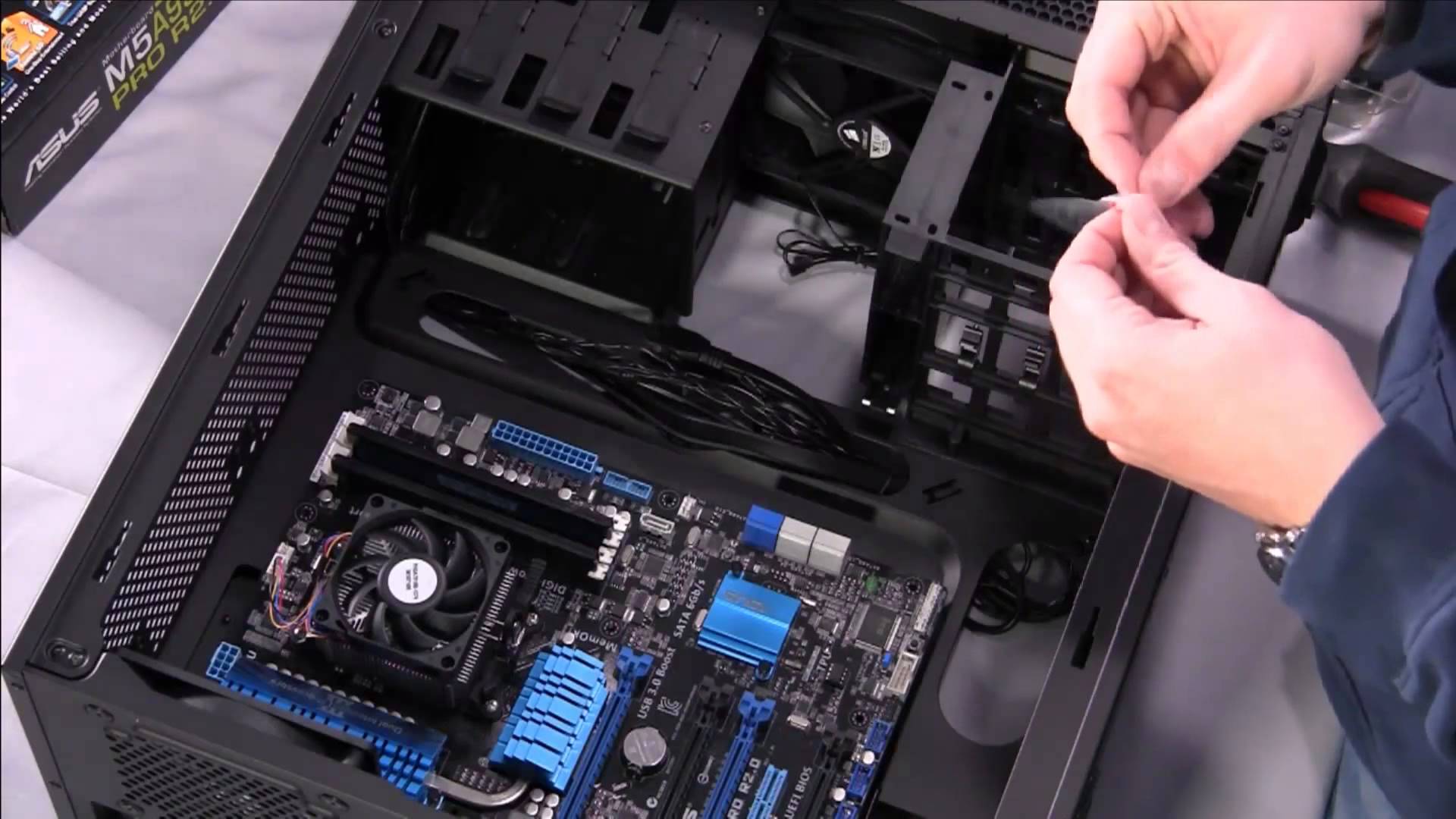
Here's our gaming PC build guide, for those creating their own rig.
Each Ryzen CPU has a total of 24 PCIe lanes that interface to other components. Four of these link the CPU and chipset, and four more are for a dedicated M.2 NVMe slot for the new (and fast) NVMe SSDs—that's part of why AM4 has more pins than Intel's LGA1151. The remaining 16 lanes are for either a single x16 slot for graphics, or on X-series chipsets there's an option for dual x8 connections for multiple graphics cards. Ryzen APUs meanwhile use eight lanes internally to link the CPU and the GPU, so they only support a single x8 connection for dedicated graphics cards.
Officially, AMD's first generation Ryzen 1000 CPUs support up to DDR4-2666 memory clocks. The second generations Ryzen 2000 parts support up to DDR4-2933, and third gen goes up to DDR4-3200. It's possible to run memory at higher clockspeeds, but the achievable speed varies by CPU and motherboard. Most X570 boards running a Ryzen 3000 CPU can do DDR4-3600, which is generally the sweet spot. Officially, all Ryzen CPUs support a maximum of 64GB (4x16GB) memory.
AMD also has higher performance Ryzen Threadripper CPUs that put two or four 8-core chips inside a single package, providing 12-core, 16-core, 24-core, and 32-core CPUs—with twice as many threads as cores in each case. These can be very fast for professional application workloads, but the earlier models tend to have added latencies that reduce gaming performance. Third generation Threadripper CPUs on the other hand have a new socket and should be a no compromise solution, but at a substantially higher price.

AMD vs Intel: How the CPUs differ in performance
For many users, the difference between any of the current generation AMD and Intel CPUs is negligible. All of them can surf the Internet, stream Netflix, run office applications, multitask between all of those, and more. The only way to really uncover differences is to run demanding workloads, which we do for our CPU reviews.
For multithreaded application workloads, the Ryzen 7 3700X trades blows with the Core i7-8700K and Core i7-9700K—it's a tad slower in some cases, faster in others, but it costs quite a bit less as well (factoring in the price of a cooler). Most users would likely never notice the difference. Step up in price and you have Intel's i9-9900K and AMD's Ryzen 9 3900X. The 3900X is about 25 percent faster in multithreaded workloads, thanks to having 50 percent more cores. If you do content creation, AMD is looking extremely attractive.
Shift over to games, and differences can become more noticeable. With a high-end GPU like an RTX 2080 or RTX 2080 Ti, the fastest Intel CPUs typically lead AMD's best Ryzen parts by 5-10 percent, and in some games the gap can be as large as 15 percent. The gap shrinks at 1440p and 4K, though, and if you're going with a mainstream build using an RX 5700 XT or RTX 2070 Super, the difference in gaming performance between a 9900K or 3900X is basically just noise.
Part of the reason AMD's earlier Ryzen CPUs are a bit slower in games is that games don't usually make use of more than four to six CPU cores, so the extra cores on Ryzen CPUs are often idle. That's beginning to change, but the other part of the equation is latency—the time to access and process data. AMD's earlier first and second gen Ryzen parts have higher cache and memory latency than Intel's 6-core and 8-core parts, leading to slightly worse overall performance in latency sensitive workloads like games. Incidentally, that same latency problem exists with both Threadripper and Intel's X299 parts: worse latency and worse gaming performance than the i7-8700K.
AMD's Ryzen 3000 CPUs double the L3 cache size, to 32MB per 8-core CCX. In testing, this combined with other architectural enhancements and higher clockspeeds helps to reduce the gap in gaming performance. It's still there, at the right settings, but it's not something most gamers would notice. Plus, there are games where having a 12-core CPU means you never need to worry about some background task sapping resources for a moment and causing hitches in framerate.
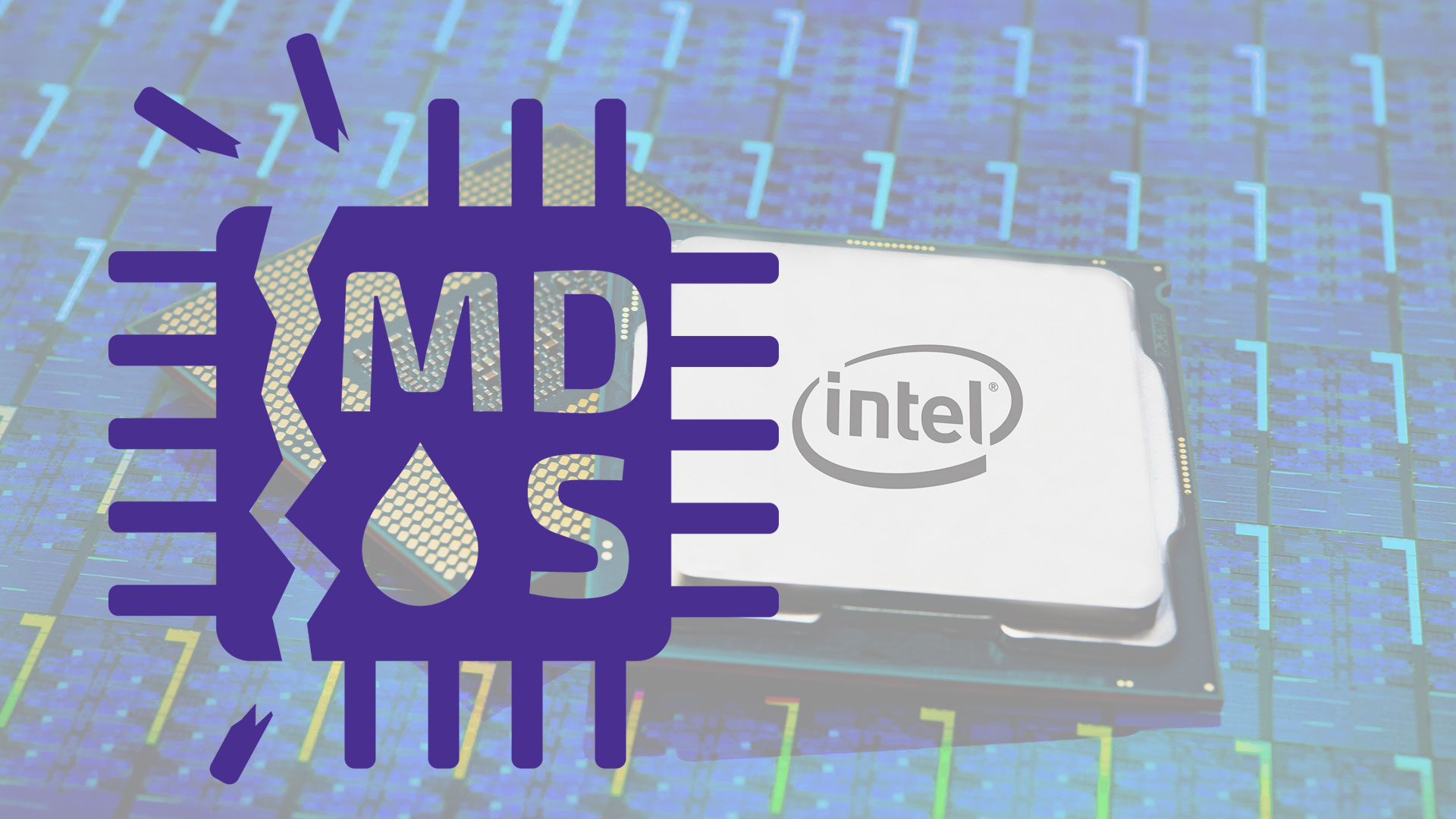
AMD vs Intel: What about security?
It used to be that Intel processors and platforms were considered more secure than AMD solutions. But security is a vague term that can be hard to define, and most problems trace back to software, not hardware. But then Meltdown and Spectre happened.
Using low-level architectural details, security researchers were able to figure out side-channel attacks that could compromise the security of data. Meltdown affected AMD and Intel platforms to varying degrees, and changes in firmware as well as operating systems were required to address the problem. Spectre was a bit more elusive and mostly targeted Intel CPUs, however, and since the initial exploits were detailed, multiple new exploits have come about: Foreshadow, Spoiler, Lazy FPU Restore, and more.
The latest set of four exploits includes RIDL (Rogue In-flight Data Load), ZombieLoad, and Fallout, collectively classified as MDS attacks, or Microarchitectural Data Sampling attacks. And once again, these target Intel CPUs and so far don't work on AMD processors.
Fixes are in the works, with some mitigations already in place via OS and firmware updates. Intel's 9th Gen CPUs also include some hardware changes to help address some of these exploits. But the MDS attacks get around most of the existing protections, and the new fixes involve such things as disabling Hyper-Threading.
It's impossible to say what the future may hold for AMD CPUs, but right now, Intel's processors have been compromised via these side-channel attacks far more frequently. That's probably because Intel CPUs are a larger market, but with each set of fixes slightly reducing performance, you have to wonder if at some point Intel CPUs will fall behind AMD. Hopefully 10th Gen parts (when they arrive) have fewer issues, but I wouldn't count on it.
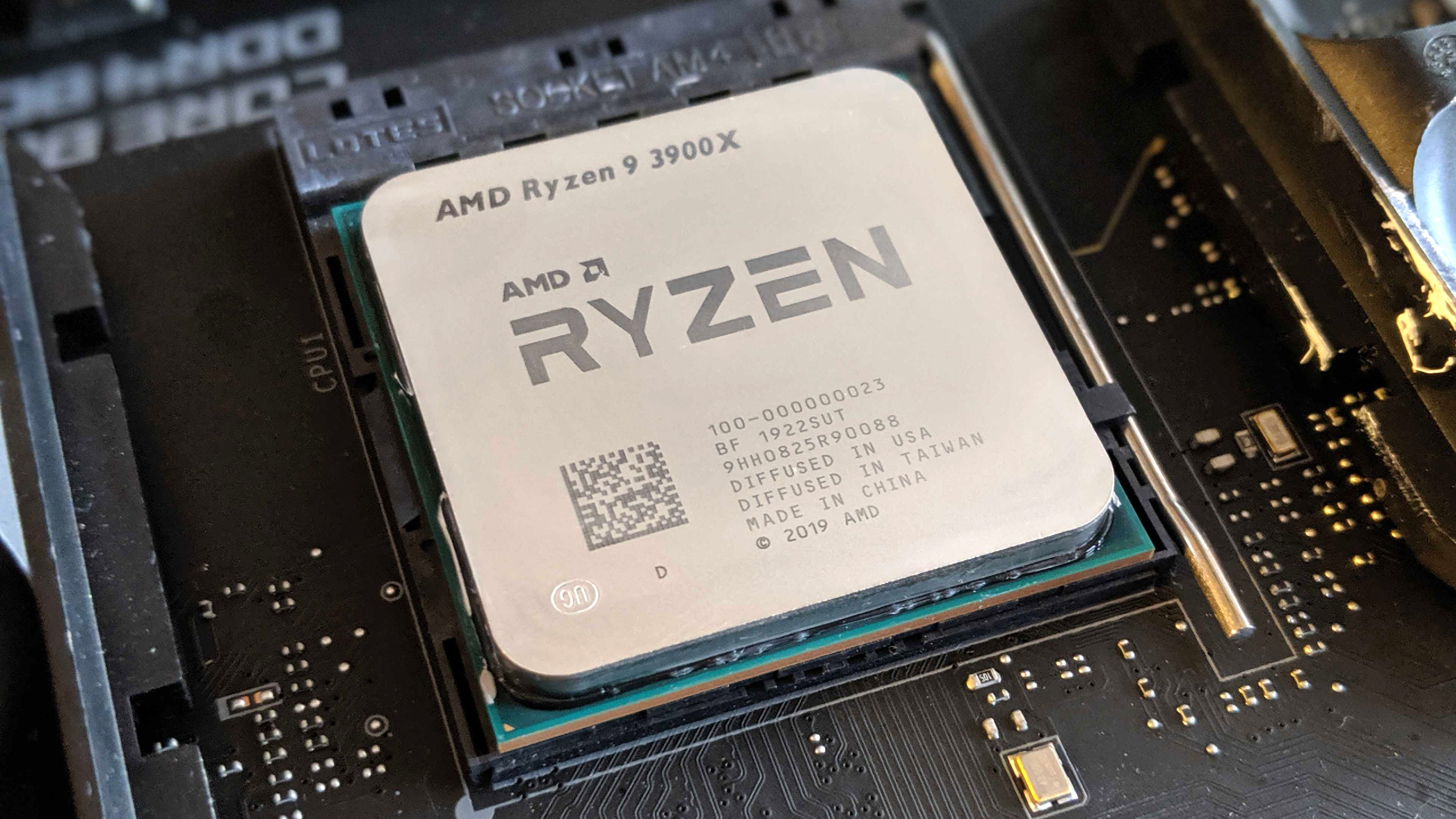
AMD vs Intel CPUs: Final thoughts
In terms of value, it's easy to make the case for AMD's Ryzen CPUs. You can get an 8-core/16-thread Ryzen 7 CPU starting at just $160, and that includes a cooler that works well with the CPU. Step down to 6-core/12-thread Ryzen 5 and they start as low as $120. AMD also makes budget-friendly APUs—a 4-core CPU combined with a modest integrated graphics solution that's typically twice as fast as Intel's current integrated graphics. Or you can go whole hog with the Ryzen 9 3900X and get a 12-core/24-thread CPU for $499. For each category, Intel's equivalent CPUs cost more, and the desired K-series parts don't even include a cooler..
Intel CPUs are typically the favorite choice for performance and overclocking enthusiasts. While the overclocking range for the latest 8-core parts is limited (4.9-5.1GHz being the typical maximum without exotic cooling solutions), the 8th Gen parts hit similar overclocks but start at lower base clocks. Intel's top CPUs cost more than their AMD counterparts, especially once you add in a decent cooler, but they're often a bit faster in games. AMD meanwhile is able to trounce Intel when it comes to multithreaded applications. Intel has no real 'mainstream' answer to the 3900X, never mind the 3950X. You'll have to move to Intel's HEDT platform, but then AMD has up to 32-core solutions with Threadripper 3000 CPUs.
How much are you willing to pay for the minor boost in gaming performance that Intel offers? And are you willing to give up AMD's superior multithreaded performance to have it? AMD's Ryzen 3000 CPUs are very competitive, and I'd also be remiss if I didn't point out how long Intel sat at 4-core/8-thread mainstream desktop CPUs. It's mostly thanks to AMD and it's Ryzen processors that Intel has started shipping 6-core and 8-core CPUs at far more reasonable prices.
Right now, the competition for CPU dominance between AMD and Intel is closer than we've seen since the first Athlon 64 parts in 2003. AMD hasn't held the outright performance crown since 2006—not in every meaningful category at least. The Ryzen 9 3900X and 3950X are unequivocally the fastest mainstream CPUs for non-gaming work, but Intel still squeaks by with a win in the gaming category. Competition in the CPU has been lovely to see.
Jarred's love of computers dates back to the dark ages when his dad brought home a DOS 2.3 PC and he left his C-64 behind. He eventually built his first custom PC in 1990 with a 286 12MHz, only to discover it was already woefully outdated when Wing Commander was released a few months later. He holds a BS in Computer Science from Brigham Young University and has been working as a tech journalist since 2004, writing for AnandTech, Maximum PC, and PC Gamer. From the first S3 Virge '3D decelerators' to today's GPUs, Jarred keeps up with all the latest graphics trends and is the one to ask about game performance.


